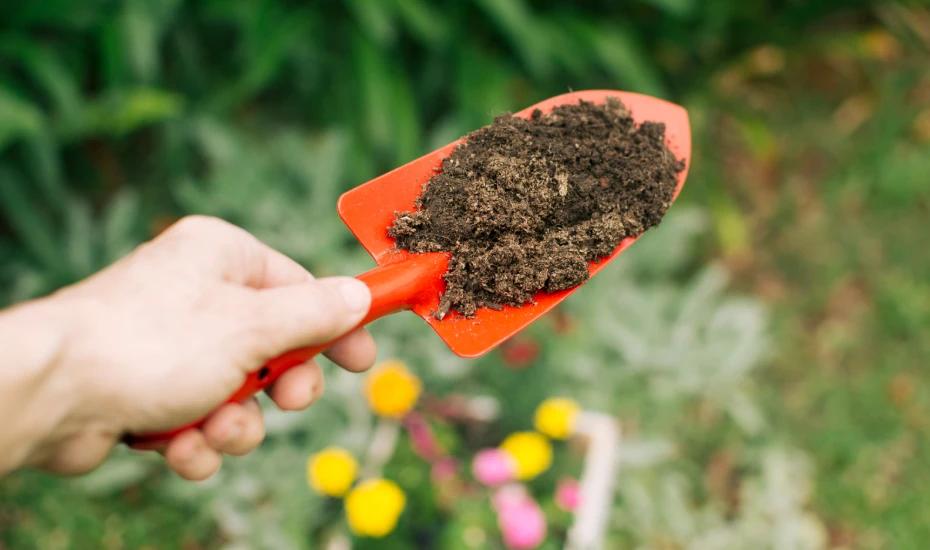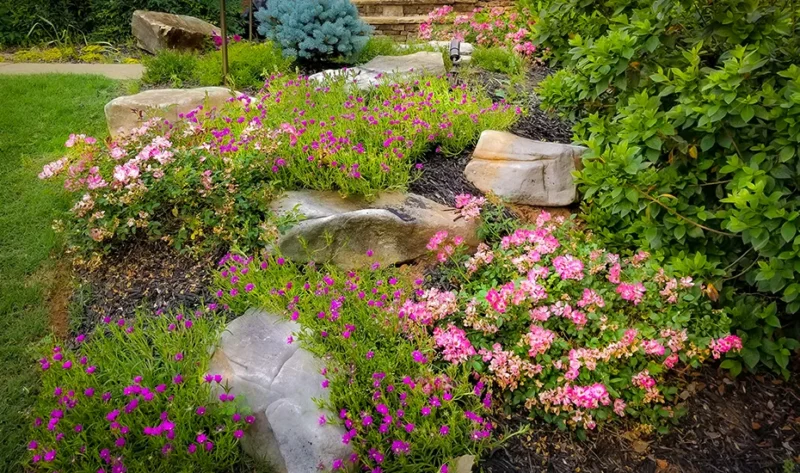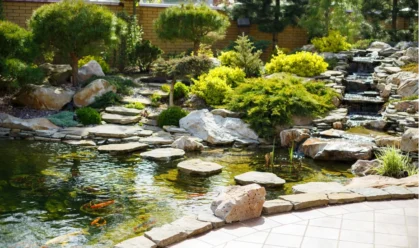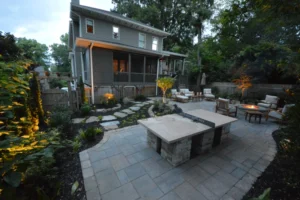There is an art to the science of thriving in a landscape that thrives paradoxically despite changing temperature patterns. Whether it is a hot summer, natural winter, or with all that downpours in the northwest United States, you can modify your spaces to expand their usefulness and beauty by adhering to these tips. It also brings in local wildlife, saves water, and is low-maintenance — all the same reasons to use lawns! This blog provides ideas for designing a garden that stands up anywhere and in any weather.
Understanding Your Climate
Know Your Hardiness Zone
It is important to know your local climate before breaking ground on a landscape designed in your mind. The USDA Plant Hardiness Zone Map is a useful tool that classifies all areas based on the average lowest winter temperature. Identifying your hardiness zone can help determine which plants will live and grow in your region.
Consider Local Weather Patterns
Include your region’s specific weather patterns in addition to hardiness zones. Are there heavy rains, droughts, or heat waves? Knowing this will help you decide what plants to get and give you ideas on how to organize them in your landscaping.
Selecting the Right Plants
Choose Native Plants
Native plants are adapted to your local climate and soil conditions, making them an excellent choice for any landscape. They require less water, fertilizer, and maintenance than non-native species. Additionally, native plants support local wildlife, including birds, butterflies, and beneficial insects.

Opt for Drought-Resistant Plants
If you live in a drought-prone area, use drought-resistant plants to maintain your yard. Plants such as succulents, ornamental grasses, and some shrubs need very little water to survive. More often than not, such plants will have rather deep root systems, ideal for dry climates where moisture is still present in the subsurface (such as our soils).
Incorporate Seasonal Interest
To create a dynamic landscape, choose plants that offer seasonal interest. Select a mix of perennials, annuals, and evergreens that bloom at different times throughout the year. This variety ensures that your landscape remains vibrant and engaging, regardless of the season.
Designing for Water Management
Implement Rain Gardens
Rain gardens are planted in underground depressions that collect rainwater runoff from rooftops, driveways, and other impervious surfaces. Low, irrigated depressions planted with native wetland plants can be used to develop stormwater retention areas that filter and soak in pollutants. Rain gardens are most effective in areas with a lot of water surrounding dense rain gardens.

Use Drip Irrigation
A drip irrigation system can help you control how much water is used in your garden plot without the risk of over-watering the plants which are popular when dealing with arid temperatures. This watering method is very smart as it allows water to penetrate the soil and bypasses evaporation, not to mention the runoff. This execution is best suited for vegetable garden and flower beds.
Create Contoured Landscapes
Contouring your landscape can help manage water flow and prevent erosion. By shaping the land into gentle slopes and depressions, you can direct water to where it’s needed most. This method is especially effective in areas with heavy rainfall or on sloped properties.

Soil Health and Preparation
Test Your Soil
With only a little bit of effort, we can help you lay a foundation for good soil and in doing so, ensure all of your landscaping works reaches its fullest potential. Perform a soil test to check pH, texture and nutrients before you plant something. Again, this will help you to make changes in your soil or select plants that are best for living in what you have provided them.
Amend the Soil
Depending on the test results, you may need to improve your soil structure and nutrient content by working on some amendments. Adding organic matter like compost or well-rotted manure can improve soil fertility, drainage, and root health.

Practice Crop Rotation
If you’re growing vegetables or other crops, practicing crop rotation can improve soil health and reduce pest problems. By rotating your crops each season, you can prevent nutrient depletion and minimize the risk of disease.
Creating Microclimates
Utilize Shade and Shelter
Areas known as microclimates exist within your landscape and feature different environmental conditions from those in the surrounding area. Trees, shrubs, or structures can be used to make microclimates from the shade and shelter, such as if you have tall trees on the west side of your home to give shade to the house side in summer afternoons.
Use Hardscaping Elements
Incorporating hardscaping elements, such as walls, patios, and pathways, can also help create microclimates. These structures can absorb heat during the day and release it at night, moderating temperature fluctuations. Additionally, they can provide windbreaks that protect delicate plants from harsh winds.

Consider Water Features
Considering water features, such as ponds or fountains, can create a microclimate by increasing humidity and cooling the surrounding air. These features can also attract wildlife and enhance the overall aesthetic of your landscape.
Planning for Seasonal Changes
Seasonal Planting
To ensure your landscape remains vibrant throughout the year, consider seasonal planting. For example, plant spring-flowering bulbs in the fall, and incorporate summer-blooming perennials for a continuous display of color. This approach keeps your landscape looking fresh and engaging.
Prepare for Winter
In colder climates, take steps to protect your plants during the winter months. Mulching around the base of plants can help insulate the roots and retain moisture. Additionally, consider using burlap or frost cloth to shield tender plants from harsh winds and freezing temperatures.

Embrace Seasonal Decor
Incorporating seasonal decor can enhance your landscape’s appeal throughout the year. Consider adding decorative elements, such as planters, garden art, or seasonal flowers, to keep your outdoor space looking inviting and festive.
Maintenance and Adaptation
Regular Maintenance
A thriving landscape requires regular maintenance, including watering, pruning, and weeding. Establish a maintenance schedule to ensure your plants receive the care they need to flourish. Regularly check for pests and diseases and address any issues promptly to prevent further damage.
Adapt to Changing Conditions
Climate conditions can change over time, so it’s essential to remain flexible and adapt your landscape accordingly. Monitor your plants’ performance and be willing to replace those that are struggling with more suitable varieties. Staying informed about climate trends can help you anticipate changes and make necessary adjustments.

Conclusion
Creating a year-round landscape is so worth it, both in functionality and in appearance. With your knowledge of each kind of plant, watering plants correctly, and utilizing native plants when designing your backyard, you can have a landscape that thrives all year. These could be unique traits — appreciate your environment — and you also must design around it, performing numerous adaptations if required.
By planning carefully, your own yard and garden can be transformed into an urban place for your home and the local wildlife.


























